George Jones' Whimsical Majolica
George Jones is a renowned English potter, started his first apprenticeship at age 14 under Minton. His growth at as a potter continued and by 1850 he was an established China merchant in Stoke-on-Trent. He started his own pottery manufactory in 1962 and by 1965 he has his own land and pottery factory. He began to produce his majolica wares, a glaze that contains tin. His firm George Jones & Sons continued his work after his death in 1893.
The firm advertised majolica in the Pottery Gazette from 1881 to 1886. Some of our knowledge of George Jones & Sons majolica designs comes from annotated pattern books which have survived and now reside in the Wedgwood Museum. Fortunately, much of the firm’s majolica production was also marked and the distinctive mottled brown and green undersurface glazing of Jones majolica allows attribution of other unmarked pieces.


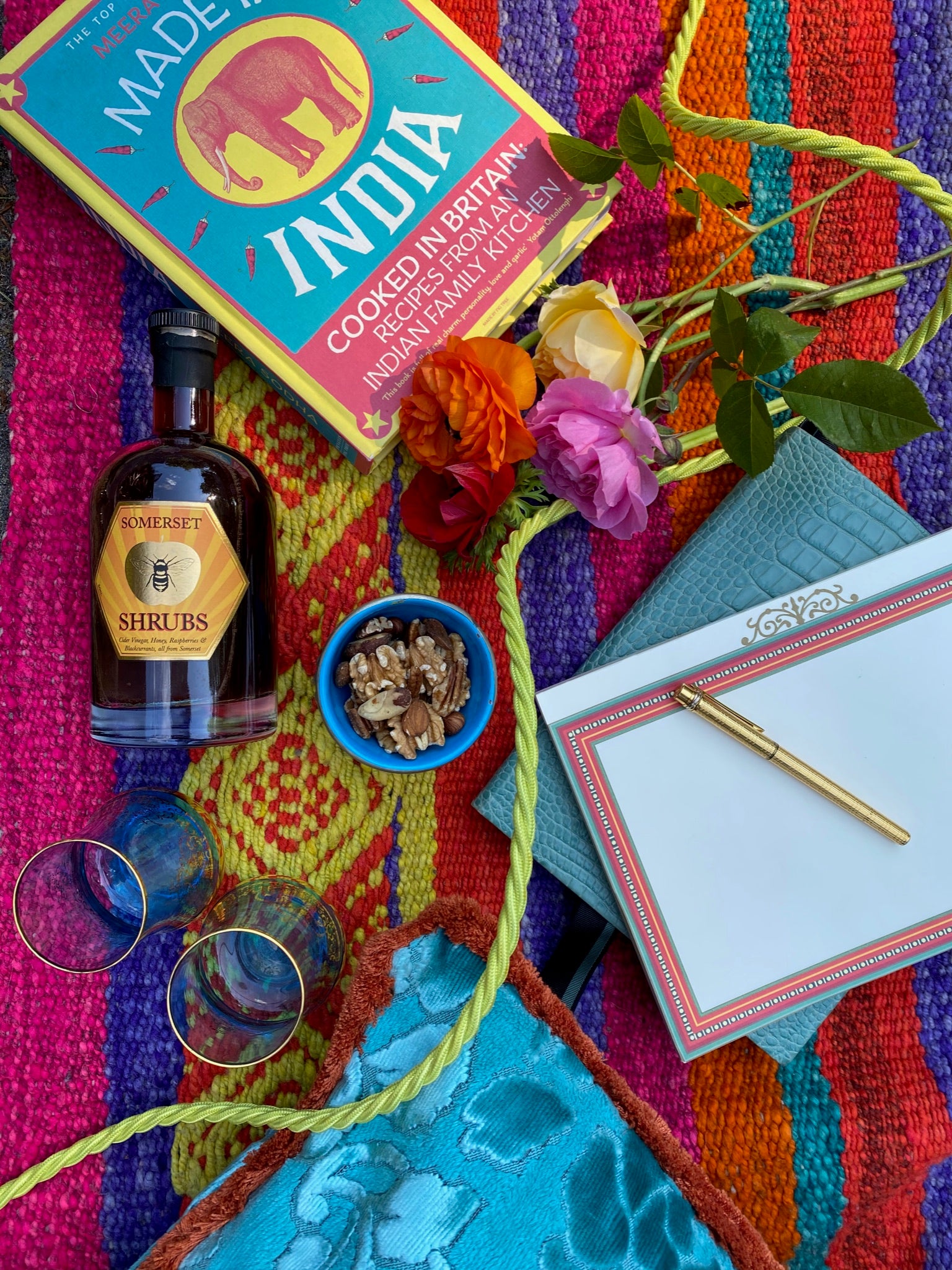
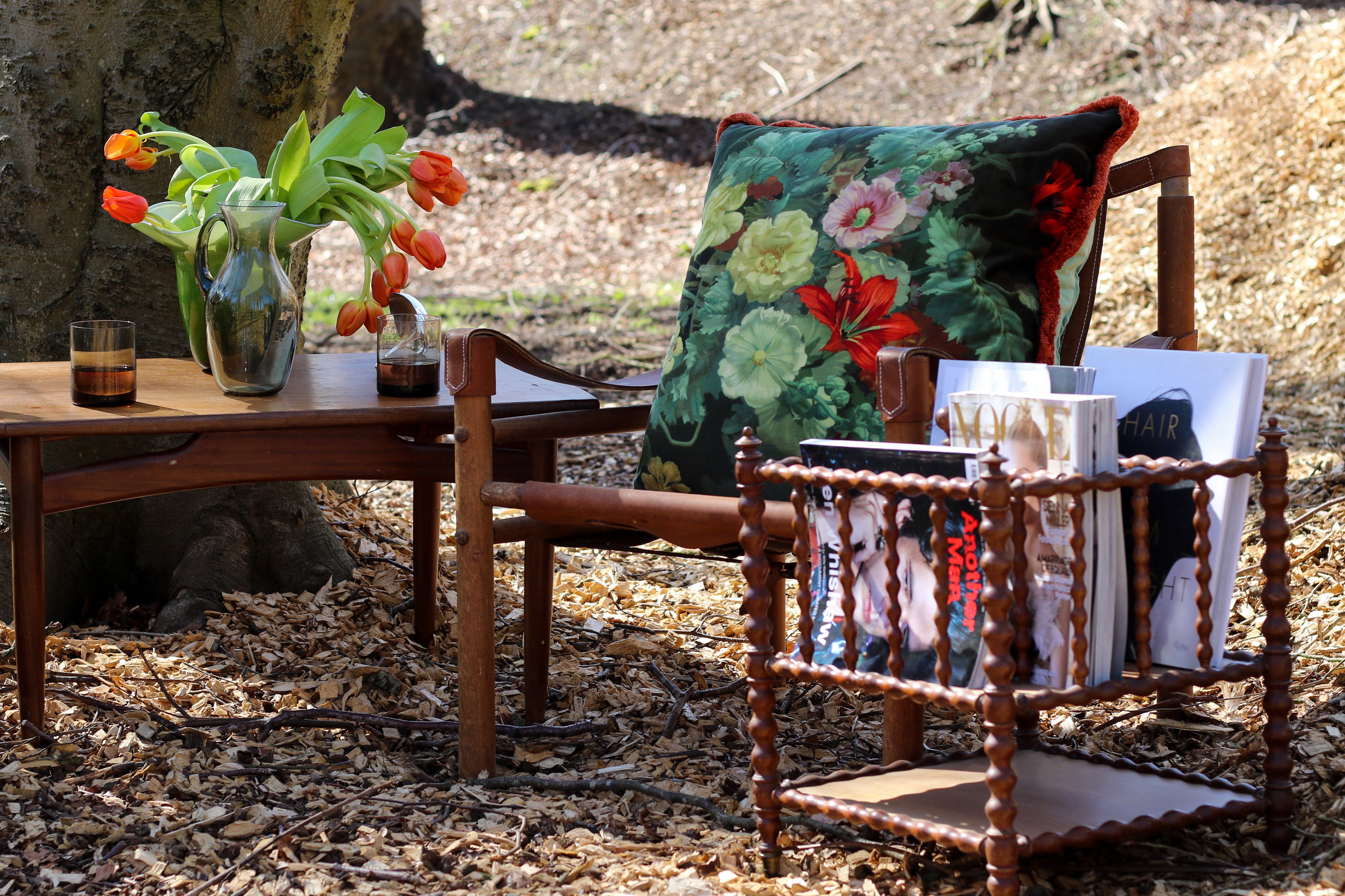
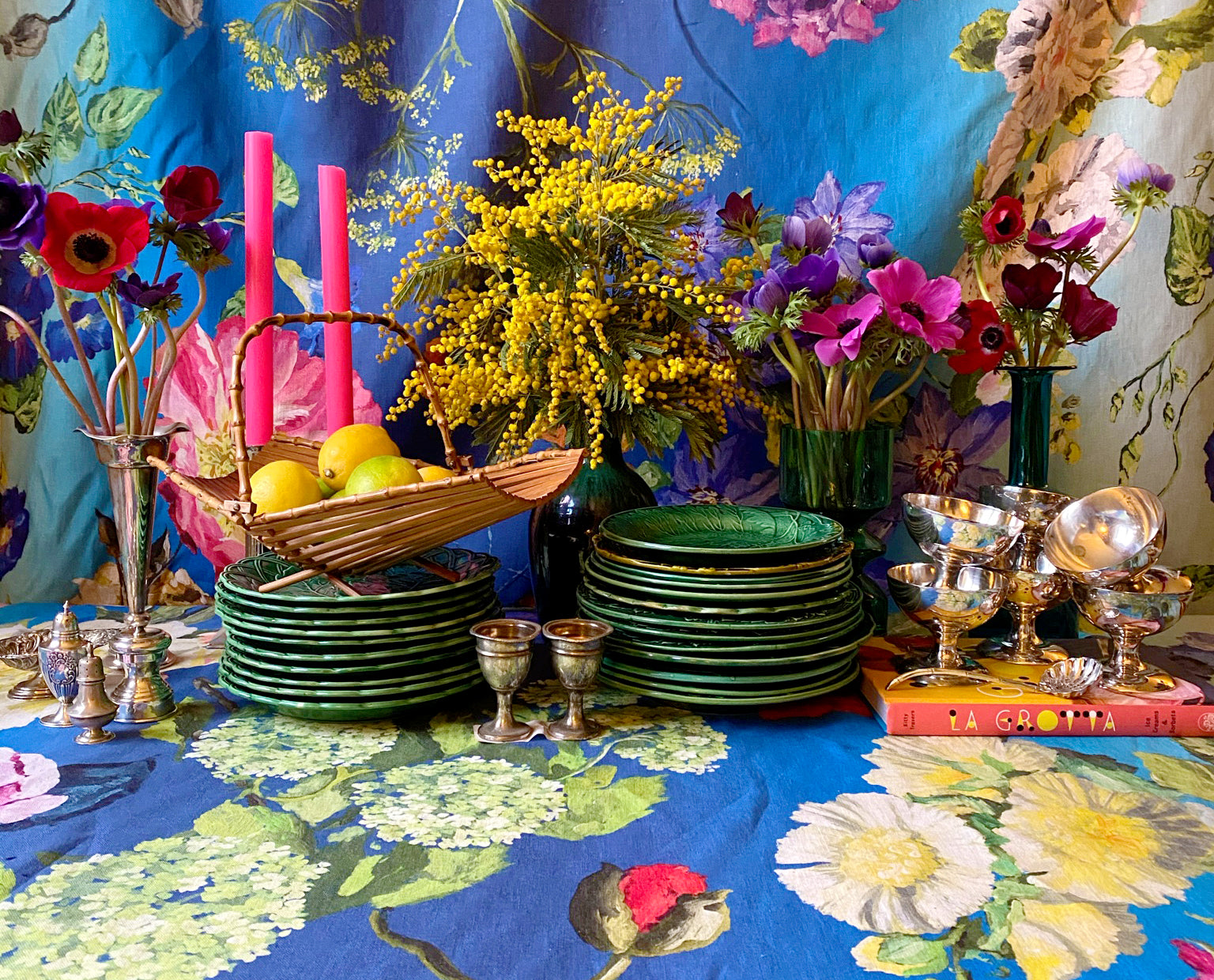
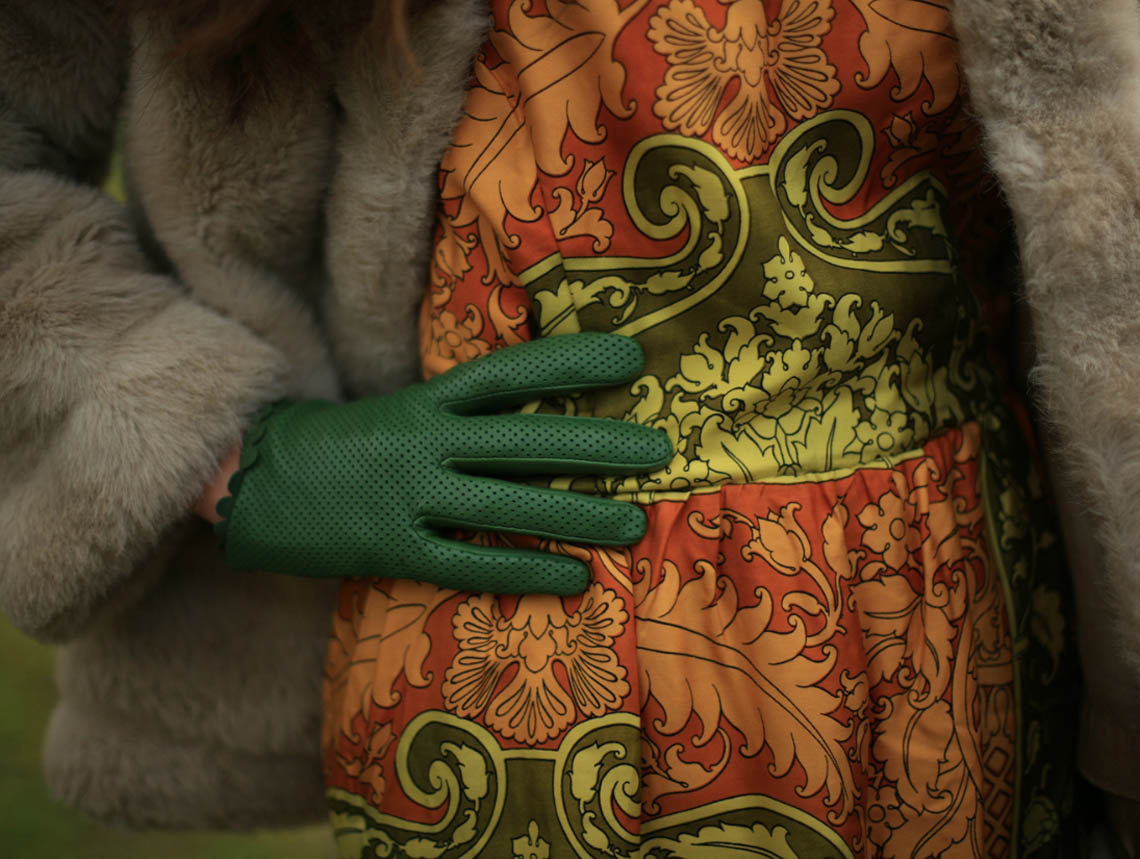

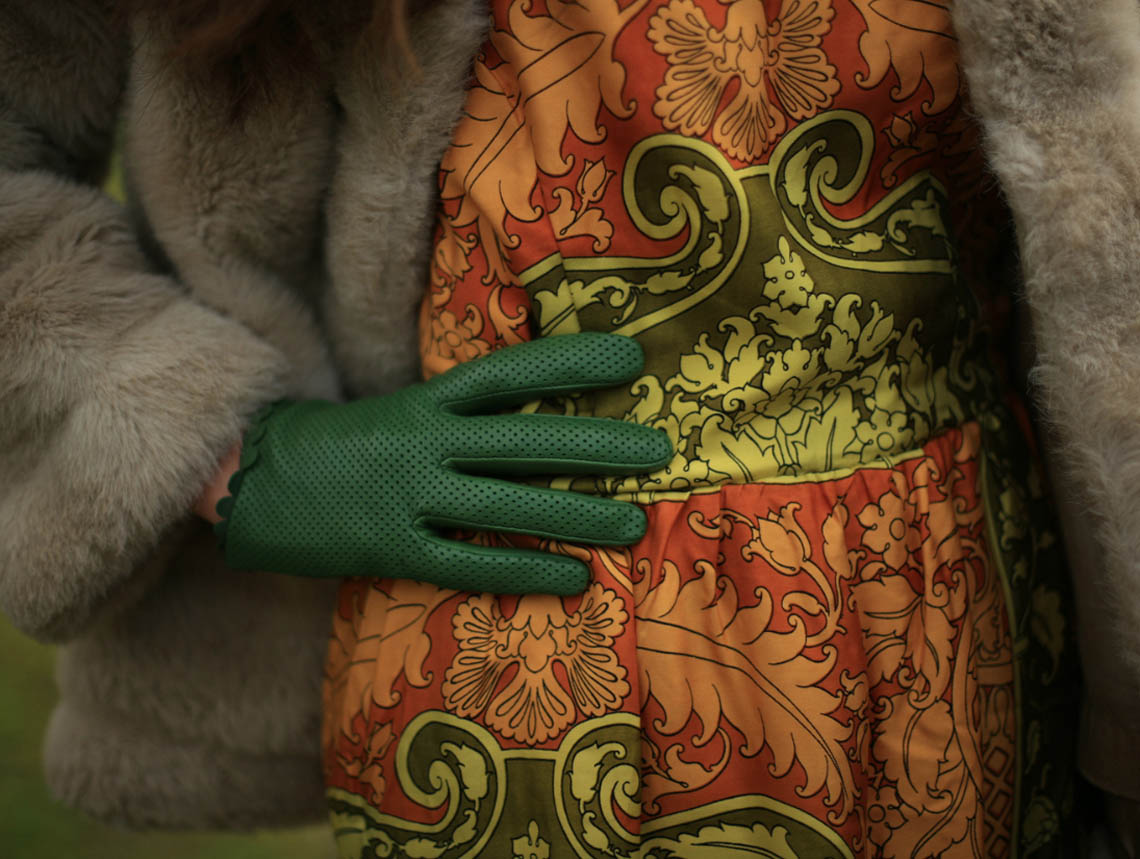

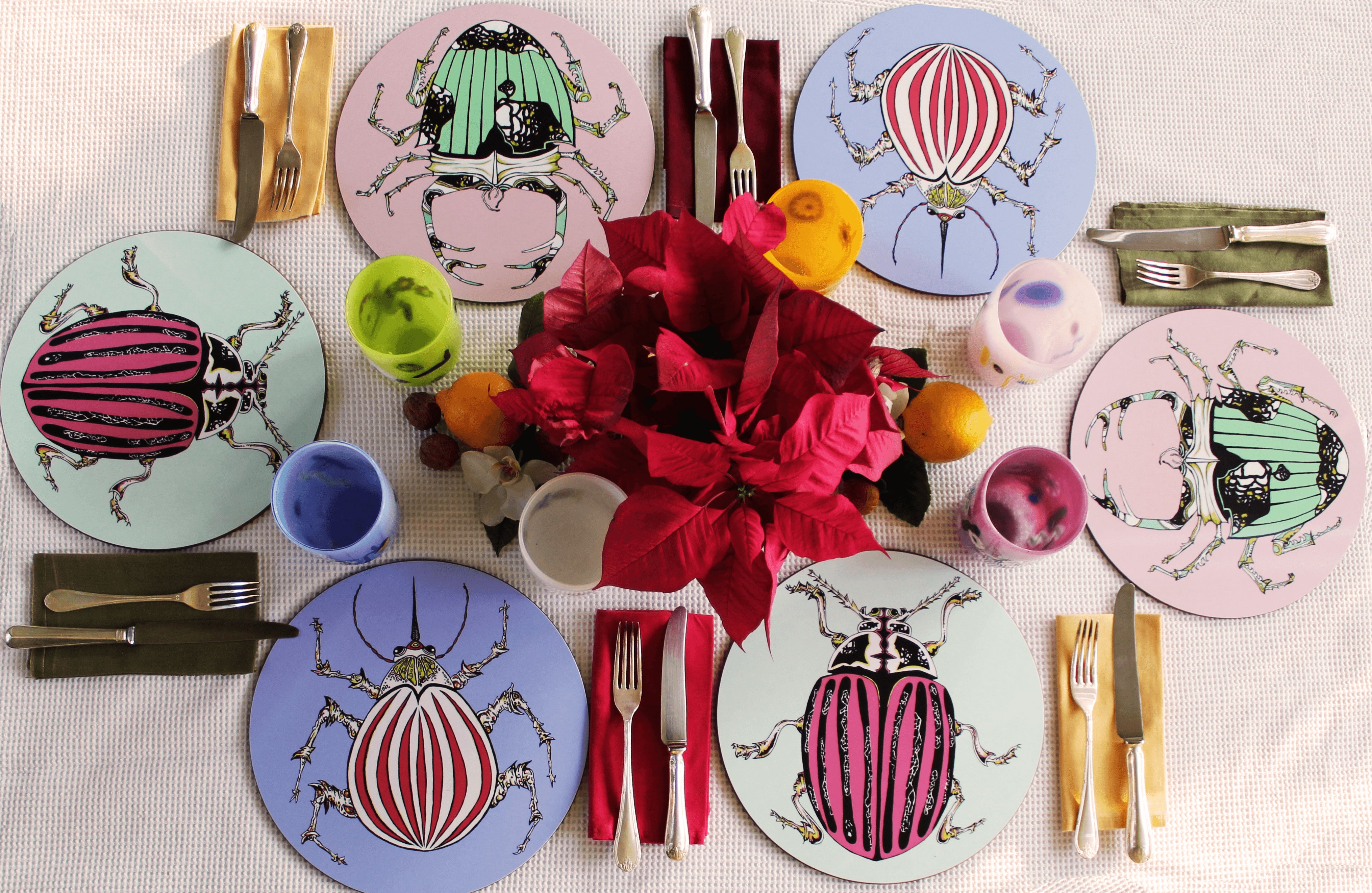

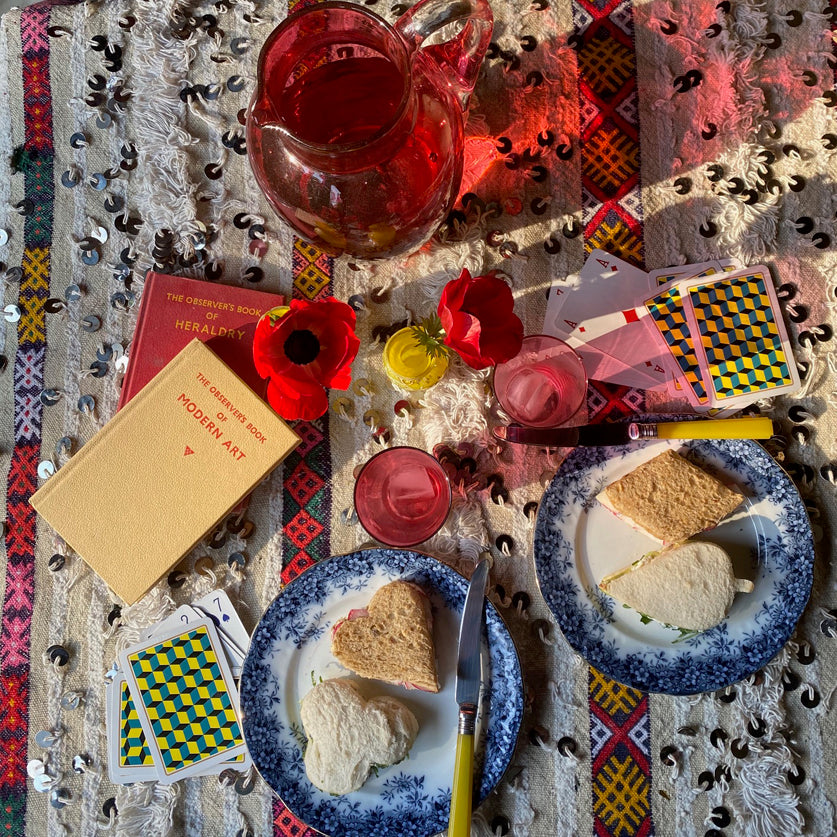


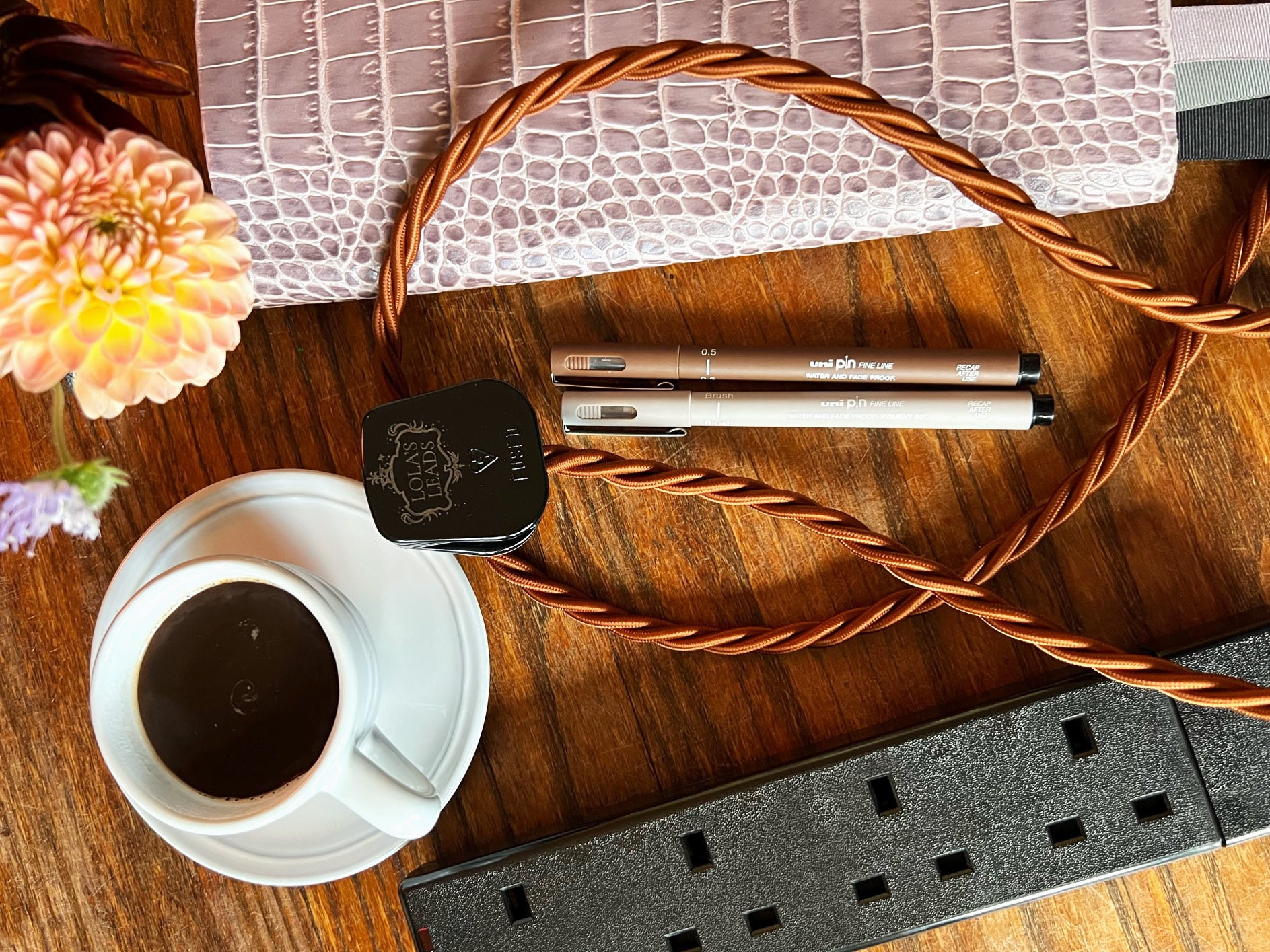
Leave a comment